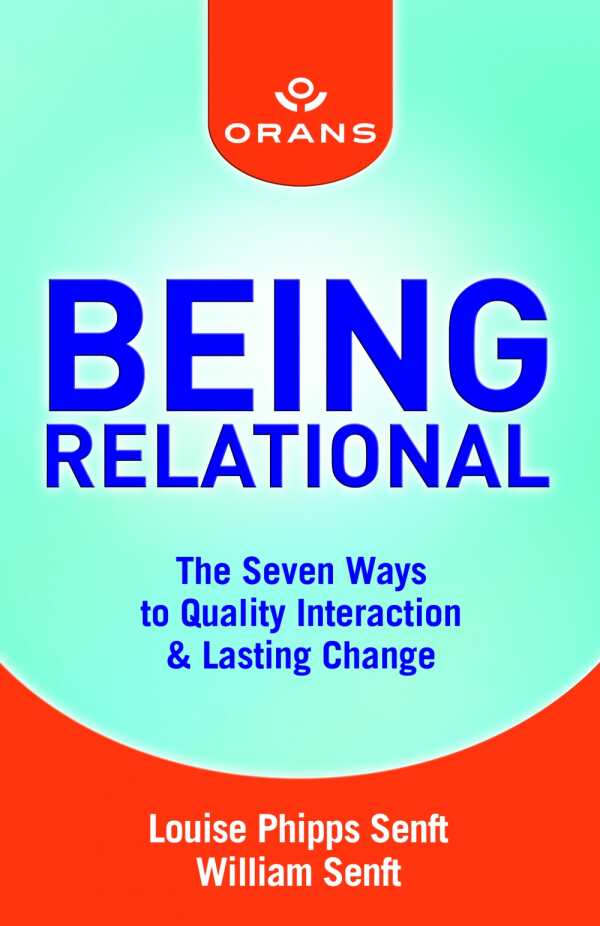Being Relational
The Seven Ways to Quality Interaction & Lasting Change
Combining elements of psychology, philosophy, and spirituality, two professional mediators offer a comprehensive approach to relating to others.
Louise Phipps Senft and William Senft, both mediators and lawyers who operate Baltimore Mediation together, acknowledge that interactions with others are often transactional—largely self-serving and “placing little value on the quality of interaction with the other person and their well-being.” Their objective with this book is to help change those interactions into relational ones because “you enter into a sense of connectedness with others” and “being relational brings ease to interactions.”
Being relational involves seven specific states of being, according to the authors: “Being Engaged, Being Centered, Being Grounded, Being Clear, Being Generous, Being Humble, Being Kind.” The authors suggest that being relational can involve being all seven ways at once or just one of the ways at a specific time.
The chapters in the book address each of the seven states individually and in considerable detail, followed by questions that help the reader apply the content to his or her own life. For example, the chapter “Being Grounded” discusses “the idea that situations faced, options considered, and judgments made are rarely absolute and fixed.” Individuals who are grounded, the authors write, “let go of absolutes like always and never,” and they “expect change, even those changes that might not be welcomed.” In “Being Humble,” the Senfts offer their counsel regarding how to achieve humility, which encompasses being grateful, treating others as “brothers and sisters,” and contributing “to the common good.”
Being Relational contains elements of psychology, philosophy, and spirituality, but it is not esoteric; rather, the ideas in the book are clearly stated and easy to understand. The text is written in everyday language with a conversational style. The book features examples, numerous call-outs to highlight key concepts, and compelling questions to relate the content to every reader. The Senfts have done an excellent job of doing what they promised in the introduction to Being Relational: to synthesize and organize ideas that already exist into a comprehensive approach that one can use “as a way of being in relation to others.”
Reviewed by
Barry Silverstein
Disclosure: This article is not an endorsement, but a review. The publisher of this book provided free copies of the book to have their book reviewed by a professional reviewer. No fee was paid by the publisher for this review. Foreword Reviews only recommends books that we love. Foreword Magazine, Inc. is disclosing this in accordance with the Federal Trade Commission’s 16 CFR, Part 255.

